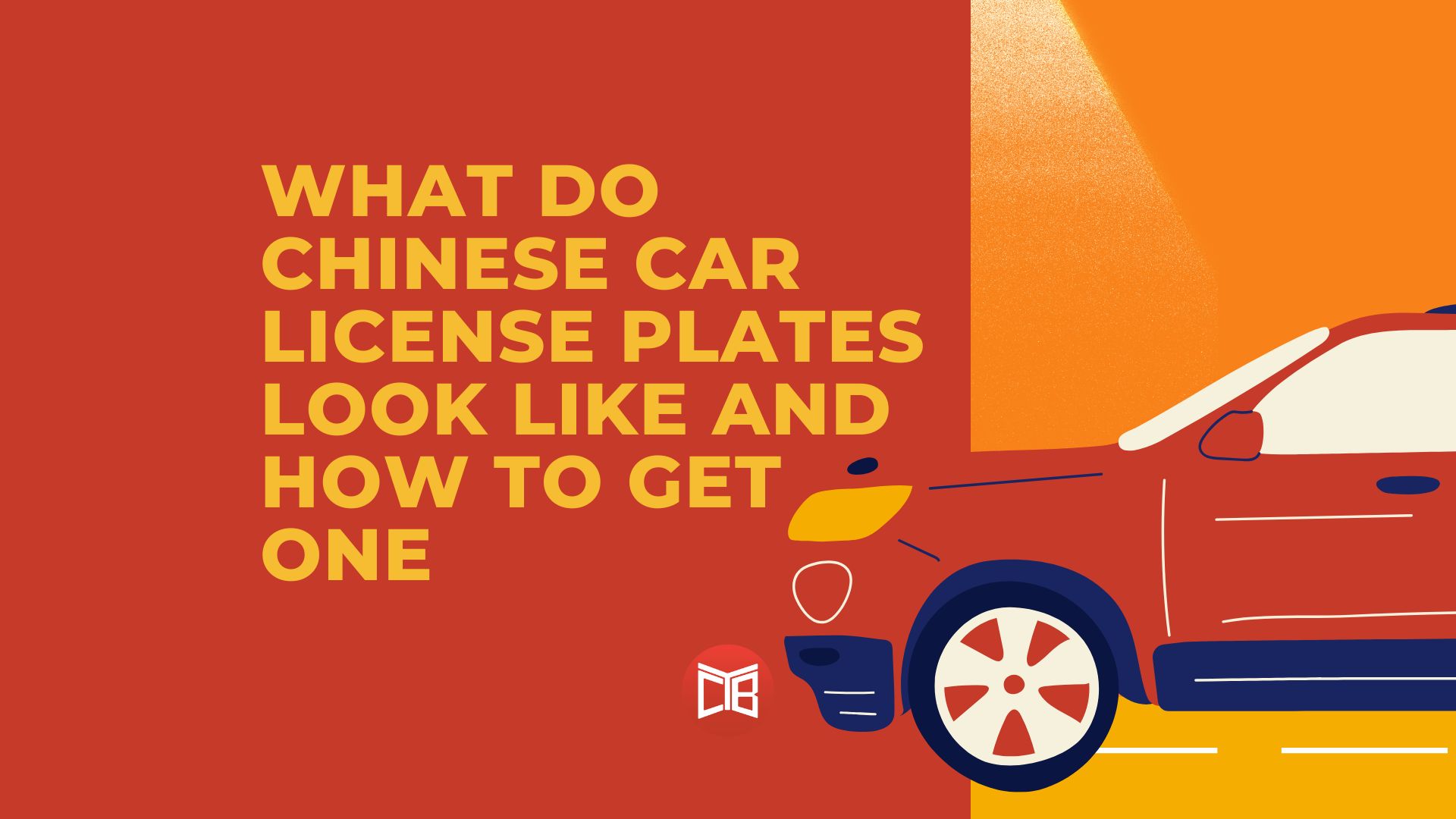
Saying Yes and No in Chinese is a little more complicated than you think.
When learning Chinese you quickly learn that there isn’t one way to say yes and no direct way to say “no”. In fact, the Chinese language does not have one word or a direct translation for the word “no”. If you don’t believe us just take a scroll through this Chinese dictionary. Does this mean there isn’t a way to say no in Chinese? Of course not. Saying yes and no in Chinese is dependant on the situation you’re in.
So, in today’s article, we’ll break down the most common ways to say yes and no.
Yes and No Chinese: 对/不对
对/不对 mean correct and incorrect in Chinese. They can be used as a substitute for yes and no if you want to express that something is right/wrong. For example:
黄色和蓝色相混成绿色。
huángsè hé lánsè xiāng hùnchéng lǜsè
Yellow and blue blend to make green.
对, 黄色和蓝色相混成绿色
Duì, huángsè hé lánsè xiāng hùnchéng lǜsè
Right…
黄色和蓝色相混成红色
Huángsè hé lán sèxiàng hǔnchéng hóngsè
Yellow and blue blend to make red
黄色和蓝色相不混成红色
Bùduì, Huángsè hé lán sèxiàng bù hǔnchéng hóngsè
Wrong, yellow and blue do not blend to make red
As you can see here, 对/不对 are used to confirm or deny a statement.
Yes and No in Chinese: 是/不是
是/不是 are catch-all terms for saying yes and no in Chinese. 是/不是 is typically used to confirm whether something “is” or isn’t. You can use this phrase to express that something is true or correct. Here is an example:
他是新老师吗?
Nǐ shì xīn lǎoshī ma
Are you the new teacher?
是的, 我是新老师
shì xīn lǎoshī
Yes, I am the new teacher
我不是新老师
Wǒ bùshì xīn lǎoshī
Another common sentence pattern you will come across in Chinese is 是不是. This is the Chinese equivalent of asking a yes or no question:
你是不是新老师?
When presented with a question like this, you simply respond by saying 是 for the affirmative or 不是 for the negative.
A 对不对 sentence pattern also exists, however this usually comes after a statement has been made. It’s similar to say “isn’t it” or “…right?” You add it at the end of a statement to see whether the other person agrees or disagrees with your statement.
Yes and No in Chinese: 要/不要
This is an important phrase to learn. Unlike 是/不是 or 对/不对, 要/不要 is not about whether something is correct. It simply means want or don’t want. This is very handy if you ever go out to eat or shopping in China. Use these phrase to accept or refuse:
你要买这个包吗?
Nǐ yāomǎi zhège bāo ma?
Do you want to buy this bag?
我不要买这个包
Wǒ bù yàomǎi zhège bāo
I don’t want this bag
我要买这个包
Wǒ yàomǎi zhège bāo
I want this bag
STUDY TIP: You may have noticed that all the phrases we’ve shown you so far have one thing in common. They all use 不! Some people automatically assume that 不 means no. However, 不 is rarely ever used on its own. Its main function is to negate verbs and adjectives which is why you see it in 不要,不是,不舒服 etc So if someone asks you a question in Chinese it’s not enough to just say 不!
Bonus!
Yes and No in Chinese: 有/没有
Another way to express yes or no in Chinese is through 有/没有. 有/没有 are used to express have and haven’t. This is just another way to confirm and deny in Chinese. Here is a simple translation exercise for you using 有/没有 you:
你有钱
Nǐ yǒu qián
我有钱
Wǒ yǒu qián
我没有钱
Wǒ méiyǒu qián
Just like 是不是 and 对不对 sentence pattern you can also ask a question using 有没有. With 有没有 sentences, your question, statement or request comes afterwards.
你有没有时间阅读我们下一篇文章吗?
Do you have time to read our next article – learn how to give directions in Chinese!























